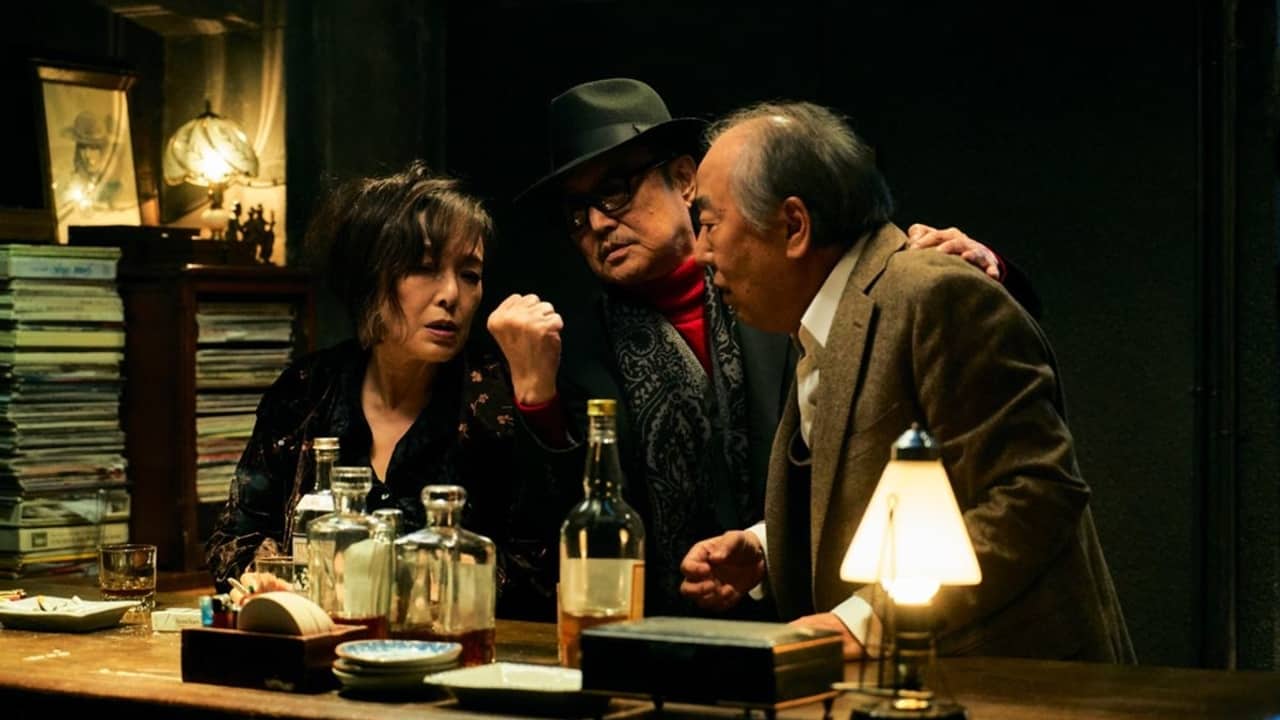Five years after the remarkable success of “Uncle Boonmee Who Can Recall His Past Lives” that won the Palme D'Or at Cannes in 2010 and many more festival awards, director and eclectic Thai video artist Apichatpong Weerasethakul presented “Cemetery of Splendour”, another imaginative and enigmatic work that elaborates on the author's fascination with the act of sleeping as a means of accessing deeper layers of consciousness and understanding.
Cemetery of Splendour is screening at Metrograph
In order to be enchanted by the director's imaginative and hypnotic world you need to unlock a certain receptiveness towards a non-traditional narrative, a storytelling that is more stratified than linear. The film takes place in the town of Khon Kaen, Isan province, Northwest of Thailand where the director grew up, and more than a story, there are many places and many stories. There is a former school transformed into a small country hospital in a tranquil village where a dozen soldiers lie asleep in the grip of a mysterious form of narcolepsy. They lay on their backs like peaceful corpses, sometimes they wake up for short periods of time to then collapse again, suddenly. Next to the comatose young men, some volunteers take care of them and keep them company, washing them and talking to them. One of these gentle souls is Keng (Jarinpattra Rueangram) who has an innate psychic talent and uses her power to communicate with the sleepers and helps their families by acting as an intermediary with them.
Then there is another volunteer, Jenjira (Jenjira Pongpas Widner, a regular collaborator of Weerasethakul), a middle-aged woman with a painful leg disability who, with patience and maternal dedication, takes care of the soldier Itt (Banlip Lomnoi, also in Weerasethakul's 2004 “Tropical Malady”). Jenjira stays next to him while he sleeps and tries to get to know something about him by reading his notes in a notebook and when he wakes up, they spend time together chatting and walking. Fluorescent lamps connected to the sleeping soldiers are installed in the hospital room, near each bed. These tubes watch over them and are supposed to rid their subconscious of nightmares, easing their sleep, slowly changing color and creating a very powerful and surreal atmosphere. Meanwhile, Jenjira is visited by two very ordinary-looking girls who are in reality two Laotian divinities. They reveal to her that the hospital is built where once stood a royal palace and that the king and his warriors buried there are still fighting their battles in the underworld. They have possessed the sleeping soldiers, and – like vampires – they suck all their energy and power, keeping them in a suspended state.
Just like in Weerasethakul's previous films, the realms of spirituality, mythology, the collective unconscious, Thai folklore and his own experiences alternate and stratify in subtle layers. In the dream world of “Cemetery of Splendor”, myth, the banality of everyday life, history and the fantastic coexist in a completely natural way in a game of overlapping levels. The present rests on the past, the bed where Itt lies asleep is located in the very place where Jenjira's school desk once stood, and like the sleeping soldiers, Thailand's turbulent political present sleeps over its glorious past that vampirizes its energies.
This beautiful film has lots to give to everyone, as long as you know how to receive it. We must surrender and let ourselves be possessed by the gentle strength of the images and the musical sweetness of the Thai language of its dialogues. Only in this way everyone will be able to find something in it that will be able to trigger an inner memory, a feeling, and an emotion.
I was really struck by the part where Keng acts as an intermediary for Itt who lies asleep and accompanies Jen to the royal palace. The two wander around a lush park scattered with sculptures created by the Laotian artist Bunleua Sulilat; they are together, but on two different levels. Keng is in the royal palace in Itt's dreamy sleep, and Jenjira is in the park. Both tell stories of the two different levels of perception in which they move, Keng describes the building that we and Jenjira do not see, and the two women harmoniously accompany each other. The light feet on the dry leaves create a hypnotic and soporific music. There is a great poetry that possesses you and stays with you, like a benign spirit.
The photography has a natural splendour, the entrancing imagery is caught through the lens of talented DOP, Diego Garcia who balances the naturalistic sets in the outskirts of town with the lurid colours of consumeristic downtown and the folkloristic apparels. There is no musical score, only a hypnotic background composed of the spontaneous sound of things; the ceiling fans swirling, the trees rustling, the wind murmuring, they very naturally fit in to the gentle rhythm of the film. Lastly, I would like to add that the artwork for the original film poster is exquisite.
“Cemetery of Splendour” will appear enigmatic to those approaching Weerasethakul's works for the first time, but it will feel familiar to those accustomed to his filmography because it takes up themes and dynamics previously introduced and recurring motifs. It's not an easy film for an audience expecting a traditional story, and definitely a festivals' and critics' favourite; however, setting rationality on a side and opening up to a sensory and meditative experience will be well worth the effort.
















